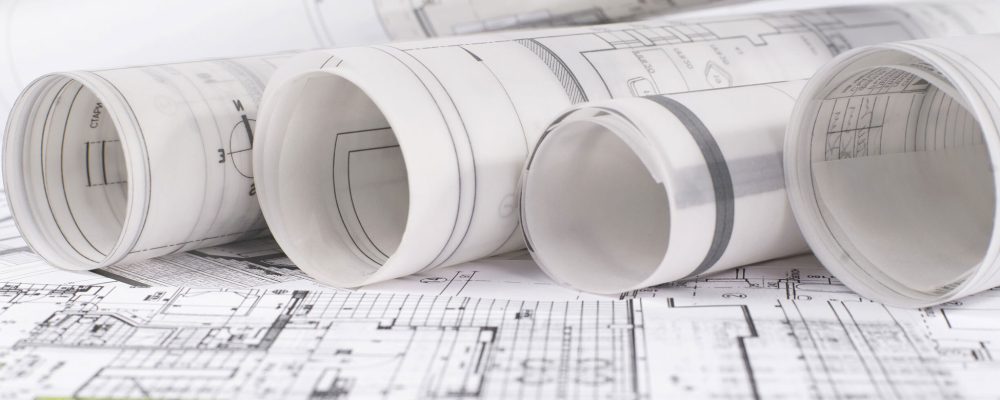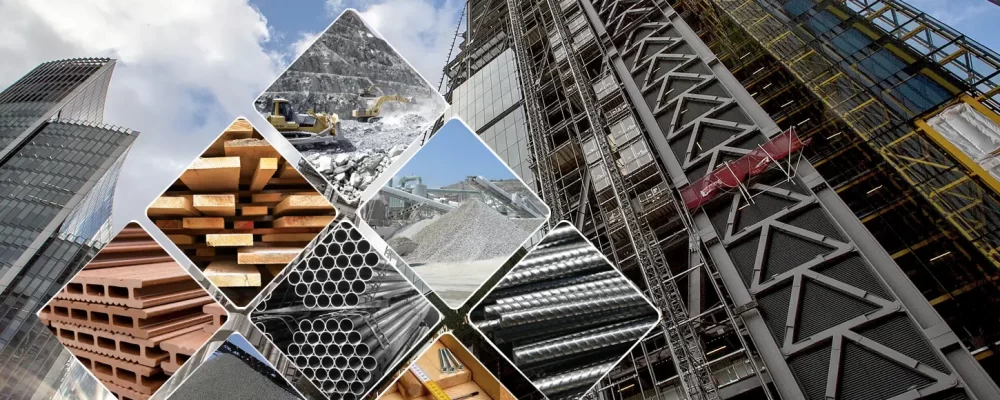Construction of a commercial building involves a multitude of tasks that can seem overwhelming. There is a long list of considerations, parties involved, and factors that need to come together for a successful commercial build.
Having a more detailed understanding of the steps to construct a commercial building allowed you a deeper insight into how to plan the project and the type of design team you want to use.
This article will discuss the main phases of commercial building construction in detail and the various tasks that correspond to each. Read on to learn more about these essential steps.

This is the most important phase during the construction process. Everything that follows is a product of this initial phase, so it is important to be critical and goal-oriented, among other things. Critical thinking involves asking the right questions and anticipating problems before they happen.
For project managers, the planning and development stage includes these tasks:
- Choose the ideal location of the building
- Set a budget
- Pre-design
- Find and hire an architect and contractor
- Holding consultations with your team
During the design phase, architects, contractors, and other professionals are expected to produce a complete set of drawings that include all project specifications. Architects and designers will also create a building model, making it easy to estimate the various costs. They will also ensure that the building design meets all building codes and requirements.
Once a draft design is complete, they will outline the final details of the project, costs, and timelines for the various stages of construction. Exchanges will be coordinated and collaborated to ensure all parties are on the same page.

Every commercial building construction project requires a construction bid to determine the total cost of the project.
At this stage all required building permits will be obtained. Will submit all construction plans and comply with suggested changes. All parties will obtain the necessary insurance. Initial construction can begin. Contractors will receive a list of materials needed for the project and will receive bids from vendors.

During the procurement step, the general contractor gathers and secures all necessary construction materials, equipment, services, and labor to begin construction.
The general contractor will write purchase orders to confirm that the construction products meet all project specifications for the price determined. The need for materials and the order of construction will depend on the design and functionalities of the building.
Orders will be reviewed to ensure they are aligned with project specifications.

The construction phase is when an empty site begins to transform into a building or an architectural marvel. This process begins when the superintendent calls a meeting and decisions are made based on the plans and pricing documents, especially those related to working hours, material storage, and quality control. A groundbreaking typically kicks off the main construction process.
Depending on the functionality and design of the building, the order of construction typically follows each of these steps, and these steps are inspected by the state building inspector and the project manager.
The above is a brief overview of the many steps involved in the commercial construction process. There are many complex factors at play. Strong communication between all parties is needed to ensure a project is completed to your specifications on time and on budget.
Near the end of construction, the contractor will have to do a final walkthrough and check, then make a checklist. This step identifies unsatisfactory components and minor issues that need to be addressed so that final repairs can be made before the project is complete and the building is officially handed over.
Detecting and fixing these walkthrough issues, such as cracked tiles and faulty paint, can be more difficult to detect once the occupancy phase begins and furniture and appliances are brought in.
Once construction is complete, the architect will issue a Certificate of Substantial Completion, giving the building official the start signal to conduct a final inspection of the structure.
Multiple inspections will take place at various stages of the construction process, and are usually carried out by authorities requiring certain permits. The foundation, structure, plumbing, electrical wiring, building code, utilities, HVAC, and all other aspects of the project will need to pass inspections.
If you are planning the construction of a commercial building, we want to hear from you. At CBP, we provide solutions for permit design and drawings. Learn more about our commercial building renovation services by requesting a free consultation with our design experts.







